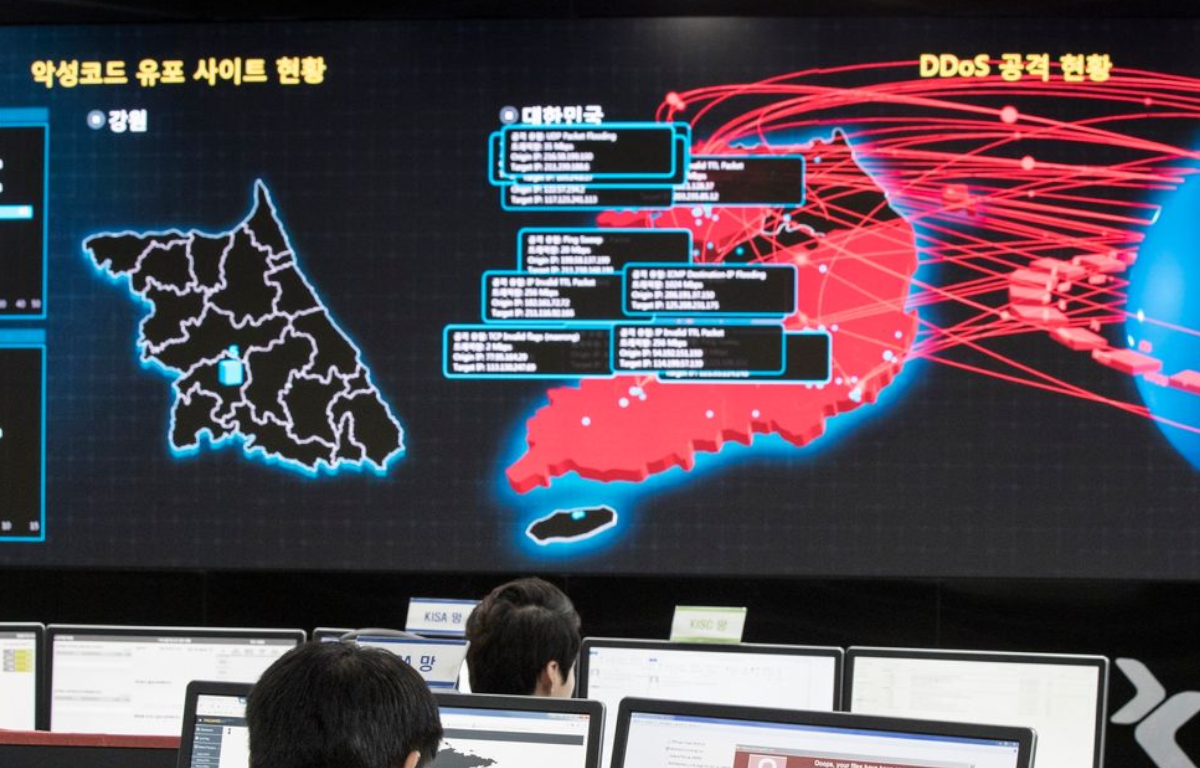
Despite substantial investments in research, development, infrastructure, and talent acquisition, China continues to grapple with several fundamental issues in chip manufacturing. These issues encompass advanced manufacturing capabilities, intellectual property concerns, supply chain dependencies, and a persistent talent gap.
China’s ambitions in semiconductors have garnered international attention, particularly from the United States, which has imposed sanctions on Chinese semiconductor firms like SMIC. These sanctions, driven by intellectual property and national security concerns, have obstructed China’s access to crucial technologies and collaborations with international partners.
Trade tensions between China and leading chip-producing nations, including Taiwan and South Korea, have exacerbated the situation. These tensions have created an uncertain environment, pushing China to accelerate its quest for self-sufficiency in chip production.
China’s chip woes send ripples through the global tech supply chain. Disruptions in its semiconductor production can disrupt industries worldwide, from consumer electronics to automotive manufacturing, affecting supply and pricing.
China views semiconductor self-sufficiency as vital for both economic growth and national security. Falling short of this goal could impede economic progress and necessitate significant resource allocation to address the deficit.
Competition in the semiconductor industry fuels innovation and technological progress. China’s ongoing challenges may hinder global innovation, as it may need to adopt alternative, potentially less advanced technologies, rather than benefiting from the latest breakthroughs.
Semiconductors have become a focal point in geopolitical tensions, particularly between the United States and China. The situation may escalate, impacting not only the tech industry but also global stability.
China’s deepening chip challenges are a multifaceted issue with global consequences. While China has made strides in its quest for semiconductor self-sufficiency, significant obstacles remain. Addressing these challenges will require not just financial investments but also international cooperation, resolution of trade disputes, and the cultivation of a highly skilled workforce. The outcome will shape not only China’s tech sector but also influence the trajectory of the global tech landscape and international relations.










Share this: